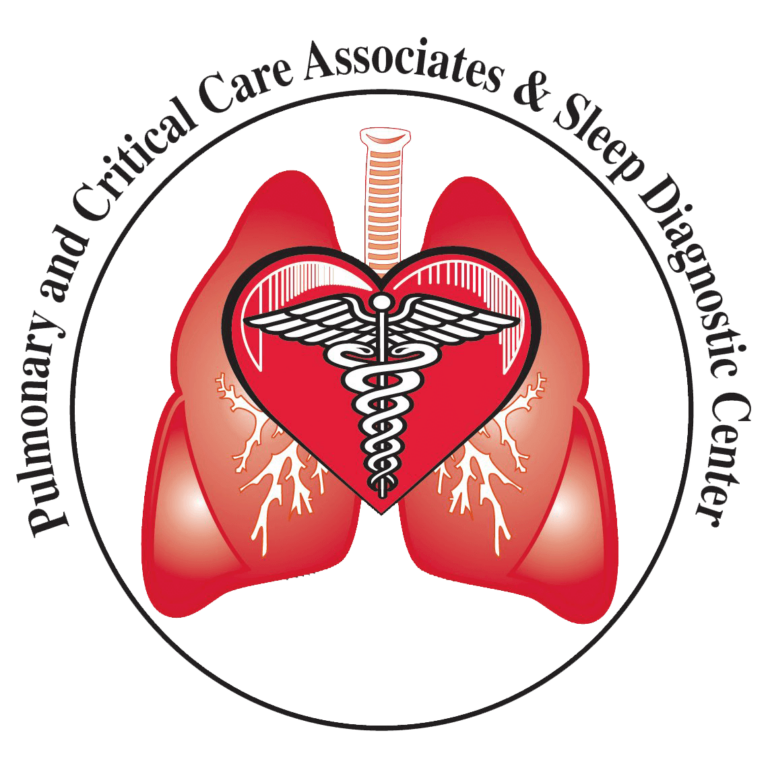What is sarcoidosis?
Sarcoidosis (also called sarcoid) is a disorder that causes clusters of abnormal tissue to form in the body. These clusters are called “granulomas.” If many granulomas form in an organ, they can keep the organ from working normally. For example, granulomas can form in the lungs and cause breathing problems.
Sarcoidosis can affect many different organs. Often it affects the lungs. But it can also affect the skin, lymph nodes (small, bean-shaped organs under the skin), eyes, nose, heart, and other body parts.
What are the symptoms of sarcoidosis?
Sarcoidosis causes different symptoms depending on which body part it affects. Often the symptoms are mild and go away on their own.
When it affects the lungs, sarcoidosis can cause:
- Cough
- Trouble breathing
- Chest pain
- Tiredness or weakness
- Fever
- Weight loss
When it affects the skin, sarcoidosis can cause a mild rash or painful bumps. Sometimes the rash and bumps go away completely. Other times, they leave a scar.
Sometimes, sarcoidosis causes no symptoms even though it is damaging certain organs. For this reason, people with sarcoidosis might need to have tests to check for organ damage.
How do I know if I have sarcoidosis?
There is no single “test” that can tell if you have sarcoidosis. To diagnose it, doctors and nurses look at:
- Your symptoms and your physical exam
- X-rays (or special X-rays called CT scans)
- Electrocardiogram (a test that measures the electrical activity in your heart)
- Lab work on tissue taken from your body (called a biopsy)
- Tests that can rule out other causes of your condition
Is there anything I can do to feel better?
Yes. These things can help:
- If you smoke, stop smoking. Even though smoking does not cause sarcoidosis, it can make your breathing worse.
- Get the flu vaccine every year. Talk to your doctor about whether you should have a pneumonia vaccine, too.
- Get regular check-ups with your doctor, and see an eye doctor every year for an eye exam.
- Get regular exercise and stay as active as you can.
How is sarcoidosis treated?
Doctors and nurses do not know what causes sarcoidosis, so they do not have a treatment to cure it. Luckily, they do have ways to treat its symptoms. And, if your symptoms are mild, you might not need treatment.
Medicines called steroids can relieve the symptoms of sarcoidosis and prevent some of the damage it can cause. These steroid medicines are not the kind that athletes take to build up muscle. Instead, these steroids shrink the granulomas caused by sarcoidosis. Sometimes, people can use skin creams, eye drops, and inhalers that have steroids in them. Other times, if their symptoms are severe, they take steroid pills.
Even though steroid pills can help with the problems caused by sarcoidosis, they can also cause problems of their own. For instance, steroids can cause weight gain and mood swings, and make diabetes worse. For this reason, doctors and nurses try to take people off steroids as soon as possible.
Medicines besides steroids can also treat the granulomas caused by sarcoidosis. The most common one is methotrexate (sample brand names: Rheumatrex, Trexall). Doctors and nurses usually use these medicines only in people who cannot take steroids or who do not get better with steroids.
How will sarcoidosis affect my life?
Sarcoidosis usually goes away on its own or does not get worse. Most people with sarcoidosis can lead a normal life. Sometimes sarcoidosis does get worse and might need treatment on and off. Some people may need to take medicine for several years.
It is rare for sarcoidosis to cause permanent organ damage, and very rare for a person to die from sarcoidosis.






